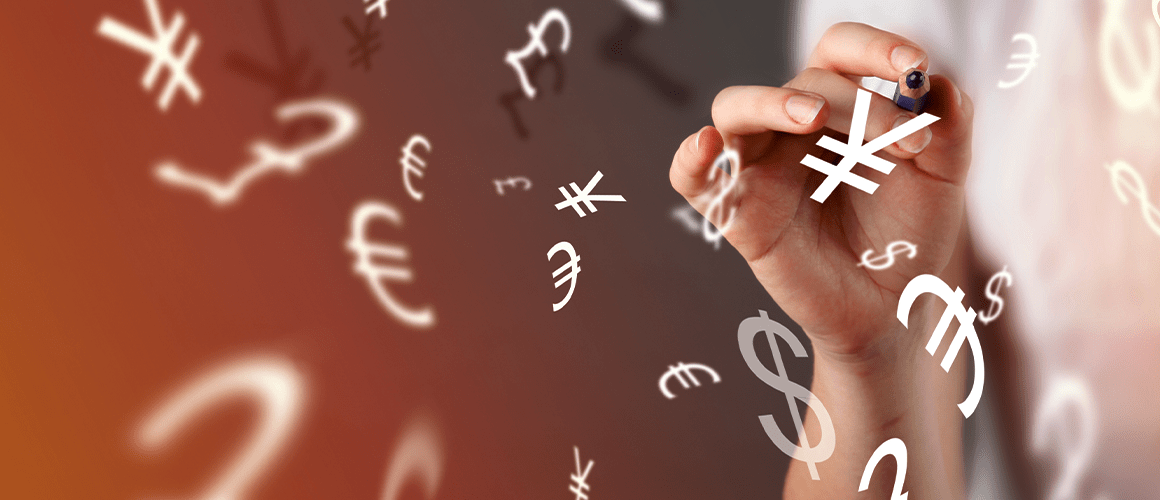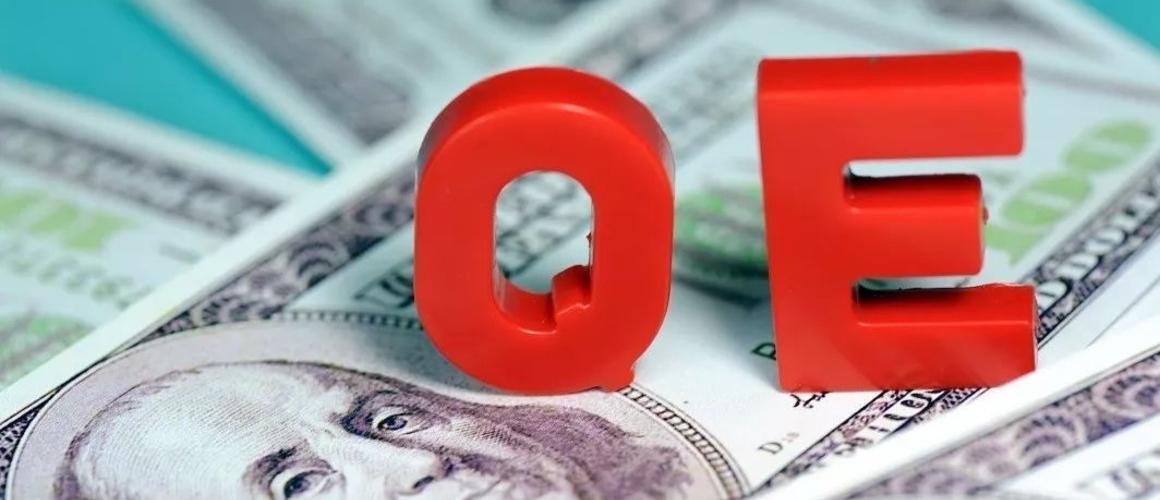Why Crosses are Important in Forex?

3 minutes for reading
Forex is the largest market across the globe that accounts nearly 90% of all capital markets. Its yearly turnover is ten times bigger than the overall world's GDP.
The State of the World Economy
The US dollar is the primary means of payment in business, with 85% of all transactions paid with the greenback, which is of course not so good for other advanced economies.
Creating a single European currency, the euro, became the first thing to oppose the dollar domination, a kind of a financial experiment, the greatest of all times. Before that, there had been no such successful attempt. Such an experiment, however, may not be that positive. The euro had been long under pressure, and so was the Chinese renminbi.
2008 saw the greatest economic crisis since the WW II. The US housing market suffered first, and then the whole financial sector and the entire global economy were in flames, the liquidity having dropped drastically. The crisis went on to damage the large EU and Asia economies that had invested in the US real estate sector. Some countries lost up to 30% of their GDP's, and, as a result, all businesses slowed down.
Quantitative Easing (QE)

The Fed launched a few QE rounds since the crisis began, trying to save the financial system through buying bonds and mortgage based securities.
Such unusual monetary policy measures as the QE are used when traditional measures no longer work, i.e. when the key rates are down and cannot be cut anymore. By buying out treasury bonds, the Fed turned its balance into a 'bubble'.
The opinions on whether the QE was a reasonable move differ apart. Traditionally, QE is believed to be a powerful leverage, but whether it is really so is questionable. Since 2008 and 2009, the economic data went well up, but some fell short of the expectations.
Those with a pessimistic view say the recovery in 2009-2017 was far from strong and sustainable. Despite the QE rounds, the US economy is still behind its pre-crisis results, while the bond buyout may also lead to hyperinflation.
Naturally, once the loans get cheap, the investors and company managers start resorting to high-risk portfolios. Once the QE was in place, the capital flowed out of the US and went to the unstable emerging markets. As a result, those markets grew stronger, while the external debt went up. Once the Fed announced QE cuts, the money started going back home, and many emerging currencies got under pressure.
The influence of QE on the US economy
The QE helped the US put an end to recession, but the global financial system got less stable. The measures were not natural, and this damaged the usual trade balance.
Only with the time passing, one would understand whether the QE really helped deal with the crisis or just put off the next one.
With such a dim outlook, the crosses, i.e. the currency pairs that do not include the US dollars, are sure to take the lead. The Eurozone showed the world how this is possible, now new inter-country financial unions may form, with markets based on supply and demand, not politics. Other types of unions that bypass the USD may form, too, with Russia, India, China, and Turkey already working on it. BRICS, a project that unites a few countries across four continents, may be a good example here.







